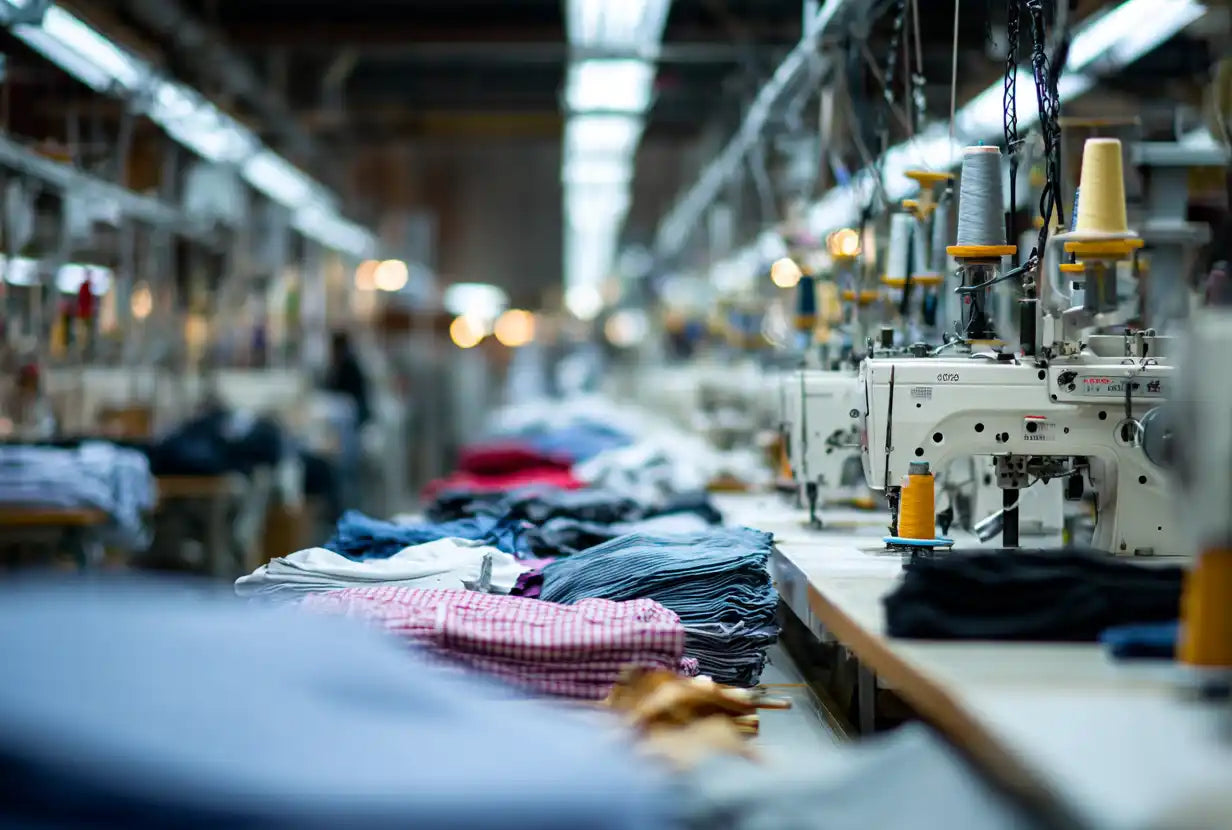Sports Bra (Light Support): Custom Manufacturing for Modern Activewear Brands
How to design, source, and manufacture breathable light support bras in Portugal — fabrics, lead times, MOQs, and sustainability
Light support sports bras combine comfort, breathability, and soft structure for low-impact activity and everyday wear. This guide explains the manufacturing choices that affect fit, performance, price and sustainability — with practical buyer steps for sampling, QA and launch.
What is a light support sports bra?
A light support sports bra delivers gentle compression and soft structure aimed at low-impact activities such as yoga, pilates and daily wear. Unlike higher-impact bras, its priorities are comfort, a soft hand, and aesthetic versatility for athleisure wardrobes.

Design traits that define light support models
- Soft, low-compression knit or jersey bodies rather than aggressive compression panels
- Thin or lightly reinforced straps for comfort and visual minimalism
- Removable or minimal padding to preserve softness
- Seamless or low-seam construction to reduce chafe and increase comfort
Key materials and fabric guidance (2025)
Choosing fabrics determines both feel and performance. In 2025 the strongest commercial combos for light support bras are recycled fiber blends with a small elastane content for recovery. Portugal’s textile cluster supplies OEKO-TEX® and GRS-certified mills for these yarns.
Recommended material mixes
Use blends that balance softness, breathability and recovery. Practical recommendations:
- Recycled nylon + 12–18% elastane: premium hand, very soft; ideal for seamless cups and molded bodies.
- Recycled polyester blends + 12% elastane: lightweight, quick-dry; perfect for everyday performance models.
- Organic cotton + small % of elastane: lifestyle-first models prioritizing natural feel over fast drying.
- Bamboo blends: naturally antimicrobial and comfortable for lifestyle wear.
Construction notes that affect performance
Knit gauge, yarn denier and % elastane directly affect support level. For a truly light support feel:
- Use finer denier yarns (lower bulk) in the cup for softness.
- Employ 12–18% elastane overall for consistent recovery without a stiff hand.
- Prefer circular seamless knitting where possible to minimize seams and offcuts.
Cost vs sustainability: recycled variants are typically 10–25% more expensive per kilogram, but often reduce CO₂ emissions by ~40–50% and support stronger marketing claims.
Design and construction options
There are three primary manufacturing approaches for light support bras. Select the approach based on your design vision, MOQ and budget.
1. Seamless knitting
Seamless bodies produced on circular knitting machines can reduce waste and speed production. Seamless works well for simple silhouettes and removable pads; it also improves wearer comfort by eliminating bulky seams.
2. Cut and sew
Cut-and-sew gives you the most creative freedom — panels, color blocking, and mixed materials are easy to realize. Expect slightly higher labor and finishing time versus seamless for complex trims.
3. Hybrid (seamless body + cut trim)
Combine seamless cups with cut-and-sew straps or decorative bands for a premium aesthetic while keeping waste low.
Manufacturing in Portugal — timeline, cost drivers and QC
Portugal’s northern textile cluster is vertically integrated: knitting, dyeing and finishing are often in close proximity, which shortens sampling cycles and improves traceability. Below are the pragmatic production and buyer details every brand founder should know.
Typical timeline (practical)
Expect roughly 8–10 weeks from initial fabric sourcing to shipment for a standard custom style:
- Fabric sourcing & sampling: 2–3 weeks
- Prototype & technical fitting (fit kit): 1–2 weeks
- Bulk production (seamless or cut-and-sew): 4–6 weeks
- Quality control & packaging: ~1 week
Average MOQs and unit costs
Typical MOQs for custom light support bras in Portugal range from 200–300 units per style. Unit cost depends on fabric, trims, and branding choices; a practical range for 2025 is roughly €12–€25 per unit depending on recycled content and custom trims.
Quality control checklist for buyers
Ask suppliers to provide documented checks at key stages:
- Pre-production: material certificates (OEKO-TEX®, GRS), colorfastness and tensile tests.
- In-line: random sampling for seam strength, elasticity recovery and fit.
- Final inspection: labels, packaging, size accuracy and EU export readiness.
For deeper guidance on working with Portugal manufacturers, see our detailed industry guide on how to find and evaluate manufacturers in Portugal. Learn more about Portugal manufacturing.
Customization, branding and packaging
Small brands can create distinctive products with modest add-ons that do not break the cost model. Consider these practical customizations:
- Jacquard underbands — woven branding for a premium look (longer setup but high impact).
- Silicone heat transfers — smooth, modern logos that work well on seamless bodies.
- Removable pads and strap choices — add consumer options without significant cost increases.
- Recycled, low-volume packaging — flat-pack, recycled poly or paper swing tags with QR codes for care & provenance.
If you want a short how-to on building a technical pack for these custom elements, our tech pack guide covers the exact drawings, measurements and trim callouts manufacturers expect. See the tech pack guide.
Simple cost-model playbook — what moves the price
Unit cost drivers and practical levers:
- Fabric selection: recycled premium yarns add 10–25% to fabric cost but materially improve marketing claims.
- Trims & jacquard: woven bands and custom trims add fixed setup fees plus a small per-unit cost.
- Construction: seamless programs sometimes reduce labor and waste but require machine setup investment.
- Order size: higher volumes reduce amortized setup costs and lower per-unit pricing.
Practical tip: For first launches, favor 1–2 custom brand elements (logo treatment + recycled packaging) rather than multiple expensive trims to control costs and complexity.
Case study: Flow by Liora (EU, 2025)
Flow by Liora launched a recycled-nylon light support bra with a Portuguese partner. Key wins:
- Fabric waste reduced by ~22% by switching to a seamless program
- 9-week lead time from sampling to shipment
- 3,000 units sold in the first month after launch
These concrete outcomes illustrate how Portugal production — when paired with strong prototyping and technical follow-through — can let smaller brands compete on comfort and sustainability.
Frequently asked questions
What are typical minimum order quantities (MOQs) for custom light support sports bras in Portugal?
Portugal manufacturers commonly set initial MOQs at 200–300 units per style. Seamless repeat colorways or consolidated runs can reduce practical MOQ, but plan for 200+ when budgeting sampling and set-up fees.
How long is the production timeline from sample to shipment for custom bras?
A realistic timeline is 8–10 weeks (fabric sourcing 2–3 weeks, prototype 1–2, bulk 4–6, QC/packaging 1). Accelerating timelines usually increases costs; confirm in-stock fabrics to shorten lead time.
Which recycled fabrics work best for comfortable light support sports bras?
Recycled nylon and recycled polyester blends — each with 12–18% elastane — are the top performers. Recycled nylon gives a smoother, premium hand; recycled polyester excels at quick-dry and breathability.
Are EU certifications necessary for sustainable marketing claims?
Certifications like OEKO-TEX® for harmful substances and GRS for recycled content provide independent proof that supports retail and consumer trust. Request certificates from your mill.
How do customization choices affect per-unit cost?
Custom woven jacquard bands and bespoke trims raise unit cost more than heat transfers. Fabric choice (recycled vs virgin) is also a major driver — recycled options typically increase fabric cost by 10–25%.
What QC checks should I require during production?
Require pre-production material tests, in-line sampling for fit and seam strength, and a final inspection for label accuracy, packaging and size grading. Document results and retain sample photos for records.
How can I reduce waste in production?
Choose seamless knitting when possible, nest cut panels efficiently for cut-and-sew, and discuss yarn recycling programs with the mill. Our case study shows waste reductions when seamless methods are applied.
How should I approach a consumer wear-test before full production?
Produce a 3–5 size fit kit in your chosen fabric and trim set, and run a short wear-study with your target demographic to capture feedback on strap comfort, band tension and pad preference before bulk orders.
Useful resources
For more on fabrics, MOQs and manufacturing in Portugal, see our related resources:
Conclusion / Summary
Light support sports bras provide a high-value product opportunity for lifestyle and wellness brands. By selecting recycled blends, preferring seamless construction when appropriate, and partnering with Portugal’s vertically integrated mills, brands can deliver superior comfort, shorter lead times and stronger sustainability credentials.
Practical next steps: order a prototype fit-kit, request OEKO-TEX® / GRS certificates for fabric selections, and plan an initial small batch of 200–300 units to validate market fit.
Ready to start? Contact our production team for an MOQ quote and timeline.
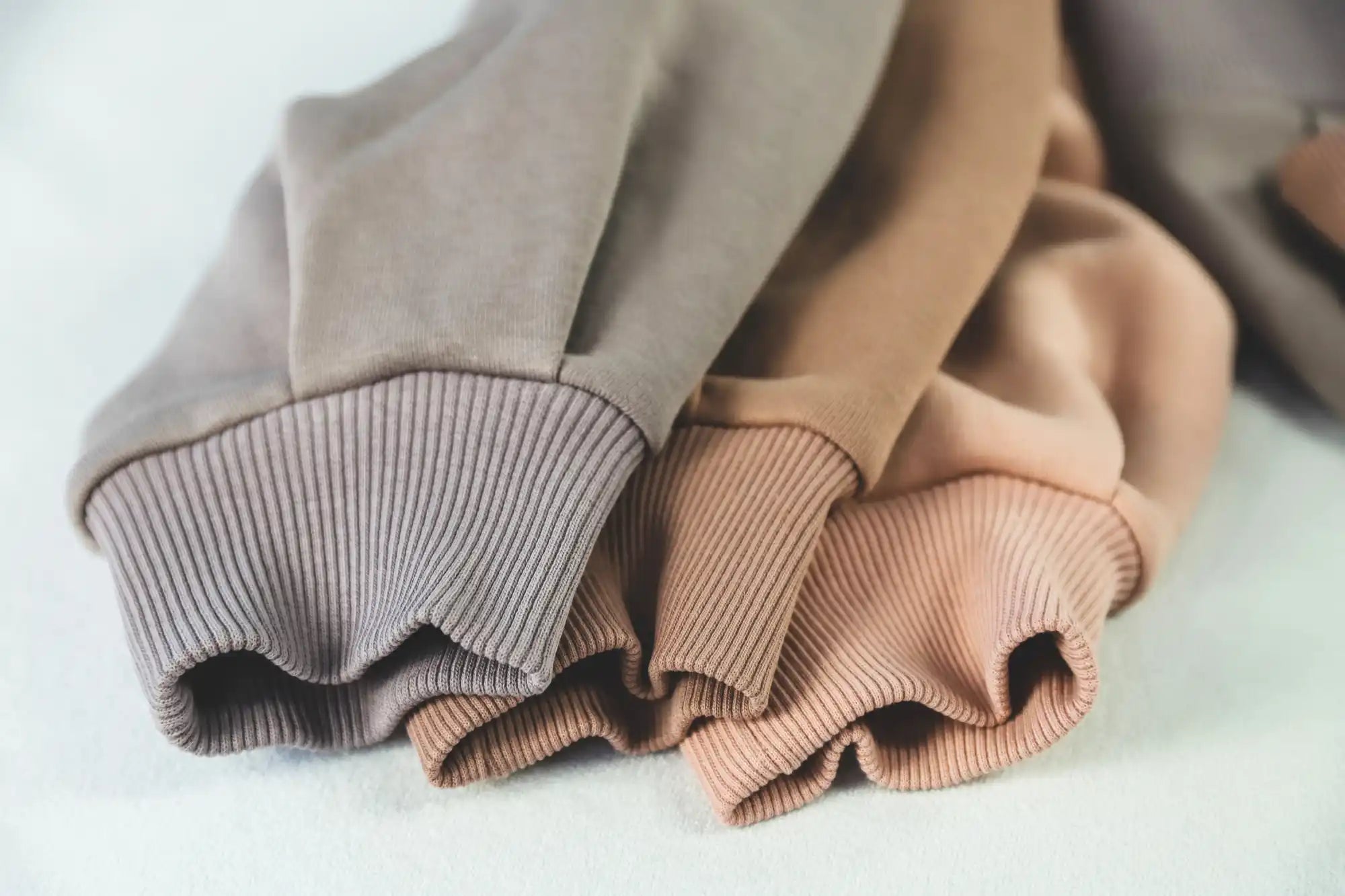
Materials & Fabrics for Clothing Production
Explore cotton, French terry, jersey, fleece, and sustainable blends used in premium apparel manufacturing.
LEARN MORE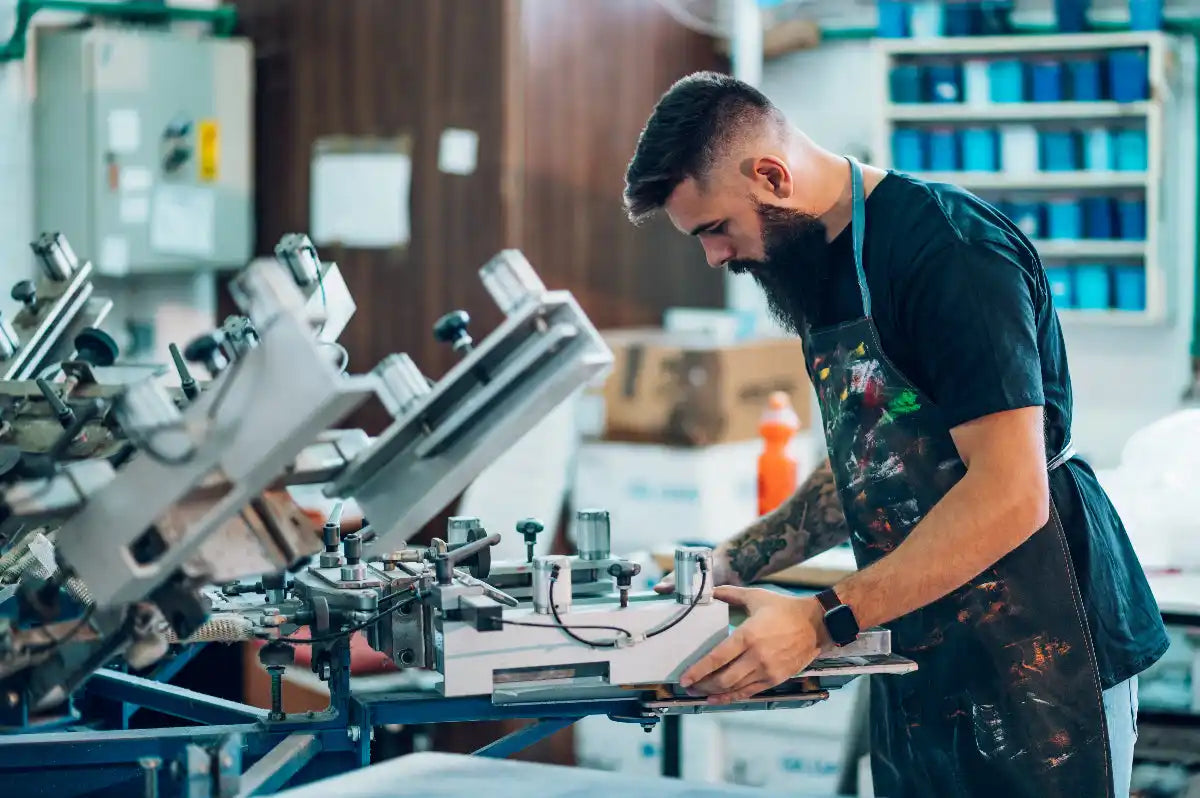
Printing Techniques for Apparel Production
Screen printing, embroidery, puff prints, and digital methods for custom clothing manufacturing.
LEARN MORE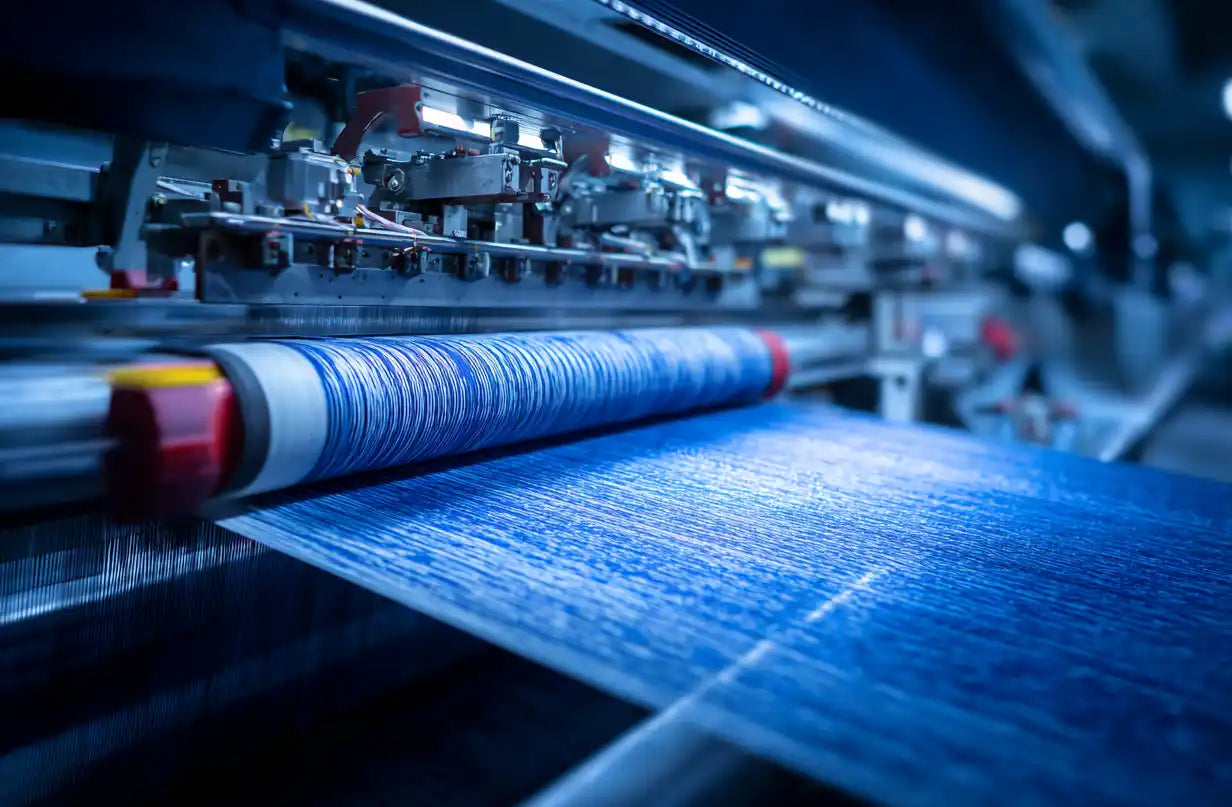
Dyeing Techniques in Clothing Manufacturing
Garment dye, pigment, acid wash, and stone wash finishes that create unique apparel designs.
LEARN MORE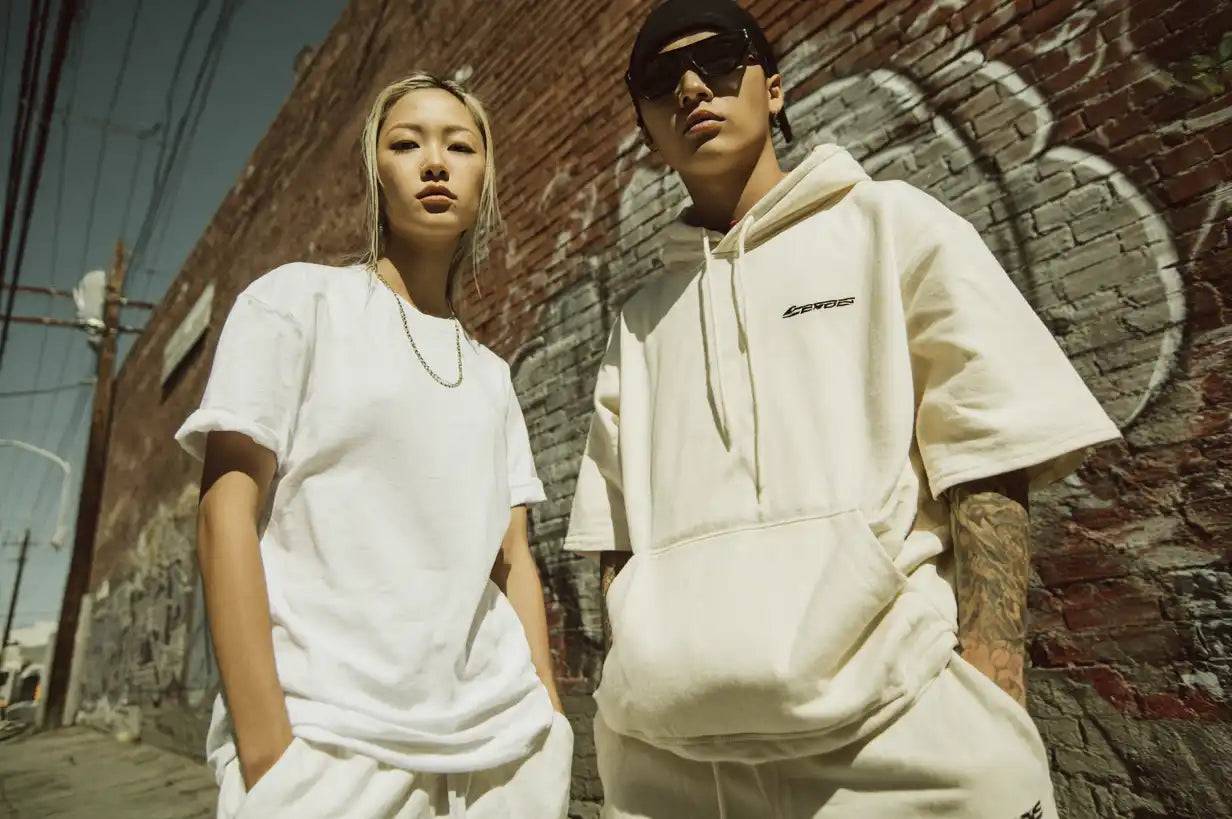
Popular Clothing Items for Custom Apparel
Hoodies, joggers, t-shirts, leggings, and biker shorts — essentials for every apparel collection.
LEARN MORE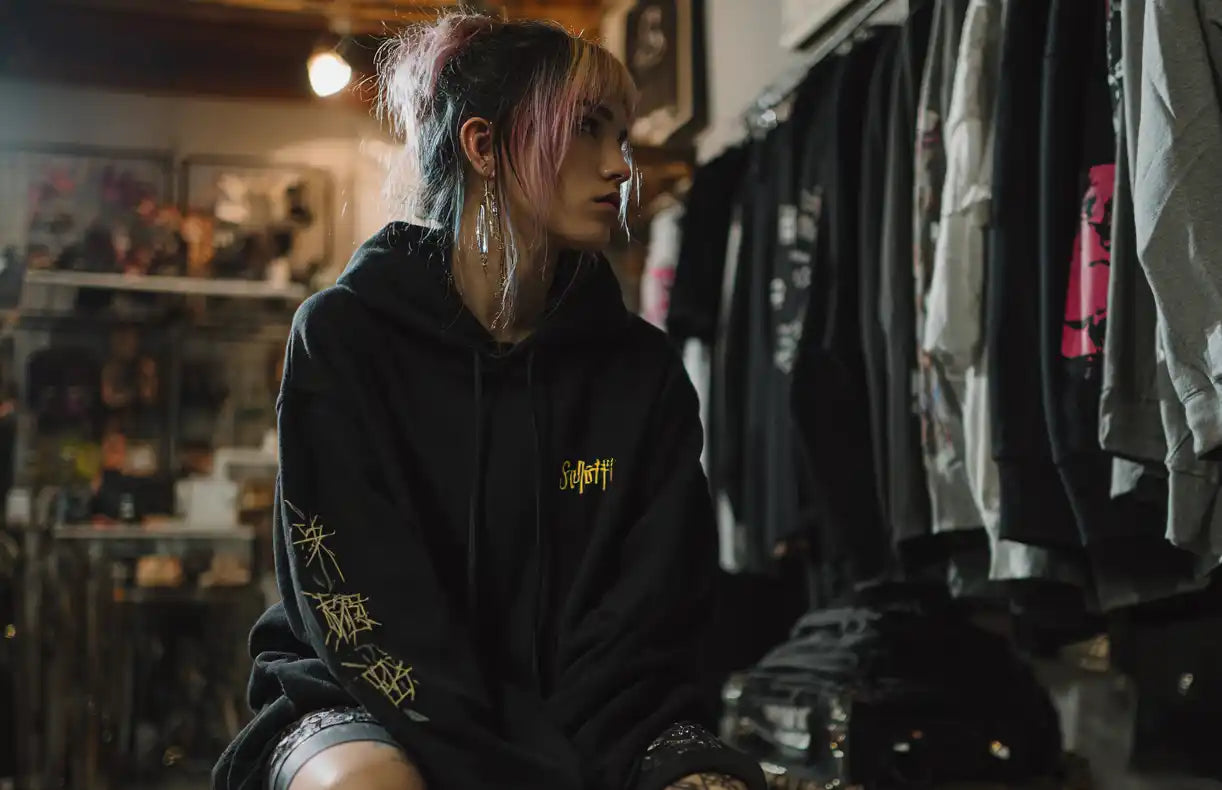
Trends & Designs in Modern Apparel
Oversized fits, streetwear influences, and activewear styles driving custom clothing production.
LEARN MORE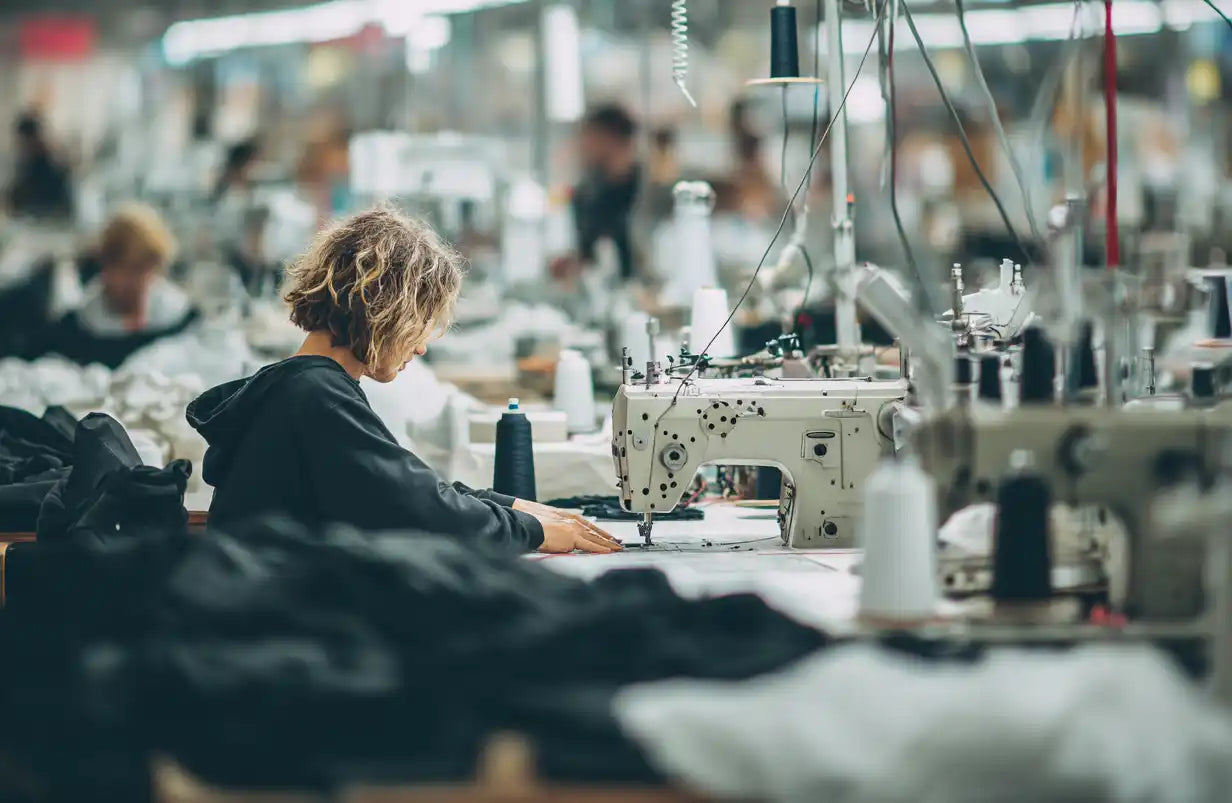
Sustainable & Ethical Clothing Production
OEKO-TEX® certified fabrics, organic cotton, and ethical apparel manufacturing in Portugal.
LEARN MORE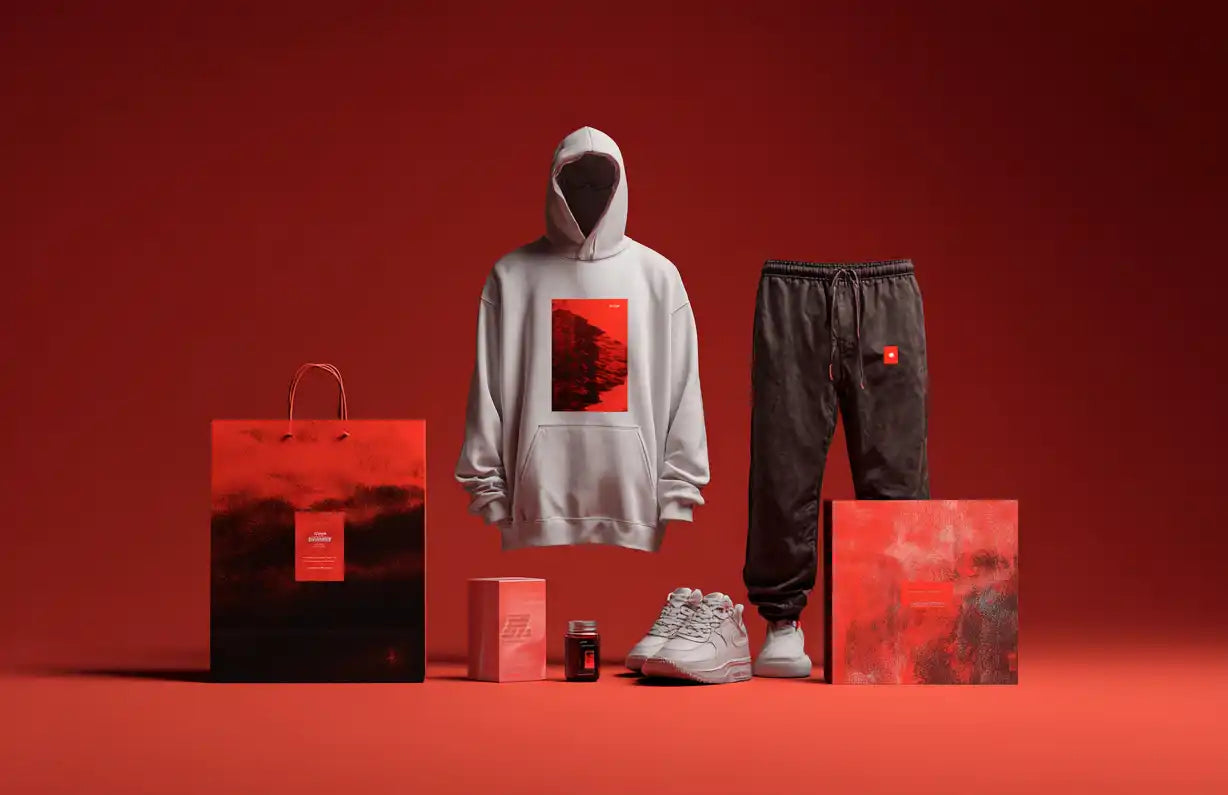
Essentials for Custom Clothing Production
Custom labels, packaging, and trims that elevate your apparel brand in production.
LEARN MORE
Resources for Custom Clothing Production
Startup guides, logistics support, and scaling strategies for apparel brands and wholesale clients.
LEARN MORE
Clothing Manufacturing Glossary
Explore a complete glossary of clothing and garment manufacturing terms
LEARN MORE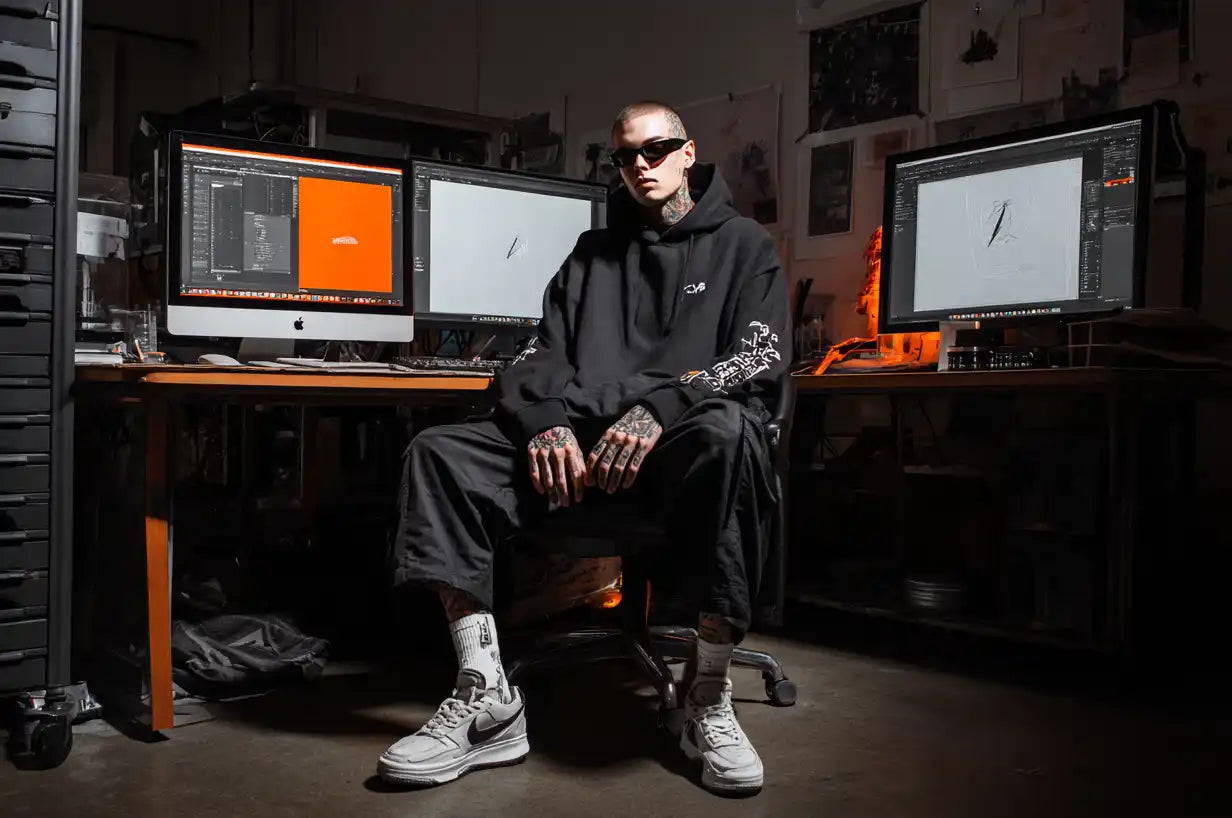
The Latest Clothing Industry Updates in 2025
Discover the latest news about important topics in the clothing industry in 2025,
LEARN MORE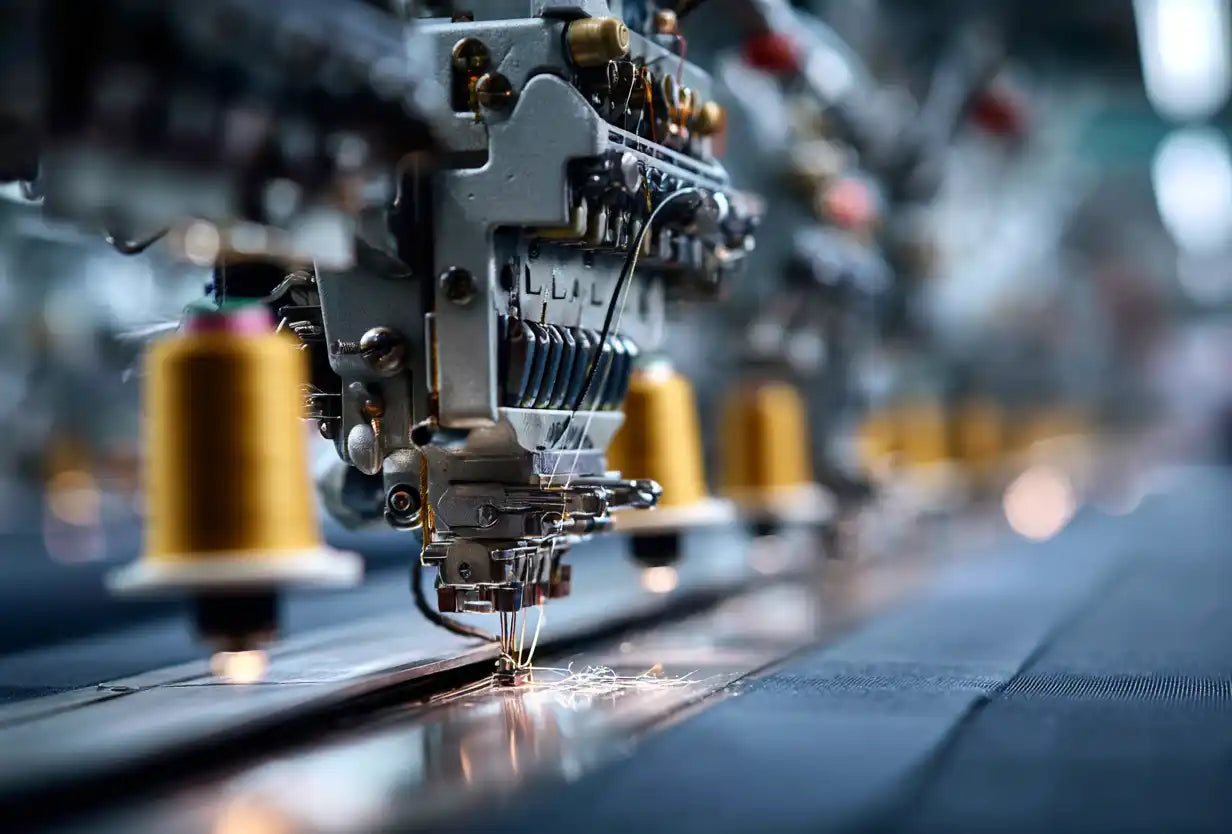
Worldwide Best Manufacturers of Clothes in 2025
Top clothing manufacturers worldwide organized by product type
LEARN MORE
